Across the roughly seventeen years we have been reporting on the world of fine art photography from a collector’s perspective, we’ve covered, I think, an impressively large number of photographers. And in the days before this year’s annual Paris Photo fair, I was wondering about the actual scale of these many names, and so took the time to dig up the exact number of artists we have collectively featured in one way or another over the years. On the day before the fair, the tally stood at 5214 photographers, each of whom we have considered in one way or another – in gallery show and museum exhibition reviews, auction reports, photobook reviews, art fair reports, and our ongoing daybook of images. That’s a big number to be sure, but of course, it doesn’t begin to cover everyone that has ever made an impact across the history of the medium.
In preparation for this year’s fair, I was also thinking about the fundamental activities of exposure and education that happen at some of the best art fairs. One audience-centric measure we might use for a successful fair is how easily people can learn about artists and work they don’t actually know already, or perhaps how well it challenges them to see differently. We might call this the “discovery” factor, and a fair with a high discovery rating would be peppered with well edited examples of the unexpected, the underseen, and the worthy but underknown. Of course, measuring any definitional “discovery” quotient is tricky – for one collector a particular Diane Arbus print is entirely obvious, while for another that very same print is an astonishing new find; multiply that out across the tens of thousands of people who file through the aisles at the Grand Palais, the hundreds of artists on view, and the several thousand images on the walls, and it becomes easy to see how complicated it might become to label any one photograph a “discovery”, and relatedly, for galleries to decide what to bring.
With this in mind, I challenged myself to take the road less traveled through the 2025 edition of Paris Photo. I decided to craft a strict definition of “discovery” and to limit myself to featuring work made by artists who I absolutely did not know previously – practically, this meant eliminating from potential selection every one of the 5214 artists already listed in our Collector Daily artist index. Discouragingly, this concept immediately offered several prominent downsides. It removed from consideration entire booths filled with worthy work by artists I already know (and was particularly hard on the New York-based galleries that I frequent most often); it agonizingly eliminated all of the fresh new work made by decently well known artists, that many of our readers would definitely want to see and think about; and it excised all of the choice vintage rarities by well known artists unearthed by intrepid dealers. Such an approach really would take a drastic hatchet to the fair, given the large number of artists we have already considered over the years.
But as I thought about it more, I realized that discovering work that is new to me is one of the true joys of being a photography collector, or even just being a photography enthusiast. Dutifully checking off works that I already know and like, or variants that I might expect to know and like, and reminding myself that I do indeed like them, feels somehow too predictable and confirmatory; being deliberately forced to wrestle with the surprise of well-edited but unfamiliar work actually asks me to rekindle my enthusiasm for new voices and new ideas, and to be more open to making different critical decisions. And so with apologies to the many gallery owners and artists who will be left out of this year’s set of summary reports (and perhaps to a few who might be insulted that they are only being “discovered” by us now), what follows below is a series of five slideshows filled entirely with Paris Photo discoveries, by more than 100 artists entirely new to Collector Daily. None has ever been featured in our pages in any way, and hopefully, more than a few will photographically lead you somewhere you weren’t expecting.
Our art fair slideshow format is the one thing that hasn’t changed at all in this year’s Paris Photo report. As usual, each artwork is annotated by the host gallery name (linked back to its website), the artist’s name, the date (where relevant), and some summary comments, description, and analysis, along with the price. This first slideshow starts with the booths up the center of the fair near the public front door (and as an example, Sophie Ristelhueber, who is featured in a solo presentation on the front facing wall, has not been selected, since we have considered her work previously), and the following reports will cover the sections to the left and the right of the middle, and eventually up to the upper floor galleries, and back down to the collection exhibits and the partner booths – as there were indeed discoveries to be made in all of these places.
Seen as a group, these “discoveries” remind me how deep a fair like Paris Photo is in terms of quality, and how easily I almost mindlessly gravitate towards work I already recognize. I can’t tell you how many times that I admitted that I knew nothing about a particular artist, only to be told by a friendly gallery director that this artist had museum shows here and there, prizes and honors, inclusions in the national pavilions at the Venice Biennale or at other prominent artistic festivals, photobooks, representation in prominent institutional collections, and the like. Indeed, many of these photographers are just as famous or important in their own contexts as any of the others I might already know, and yet we had collectively missed them for one reason or another. Sifting this year’s fair in this rigorous manner let these overlooked artists come forth, emphatically proving that there is always more to learn, even at a fair like Paris Photo.
Part 2 of this Paris Photo summary report is forthcoming.
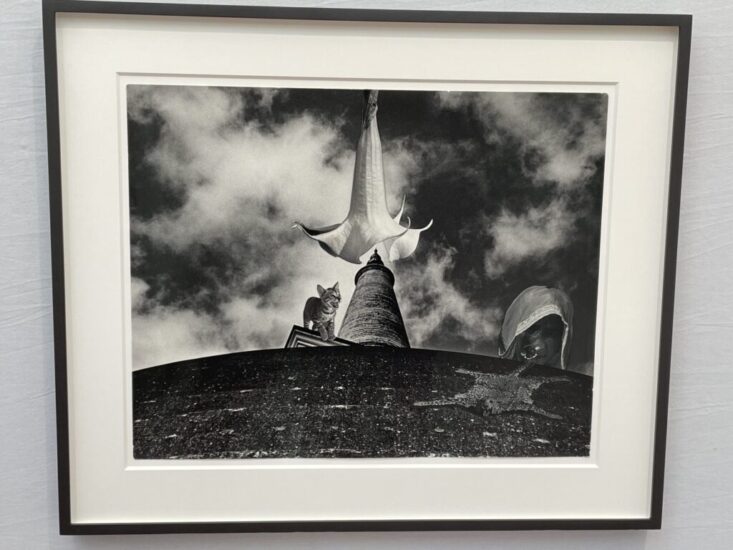
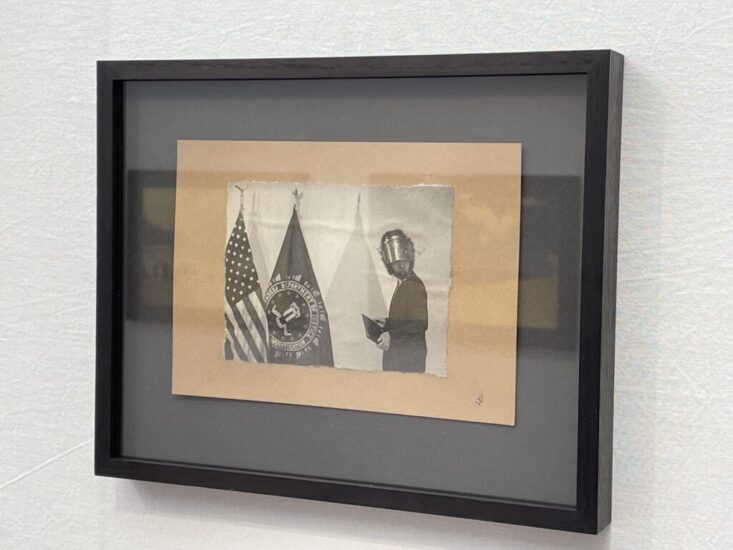

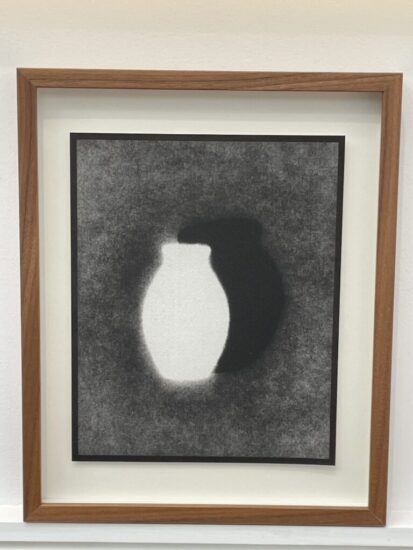
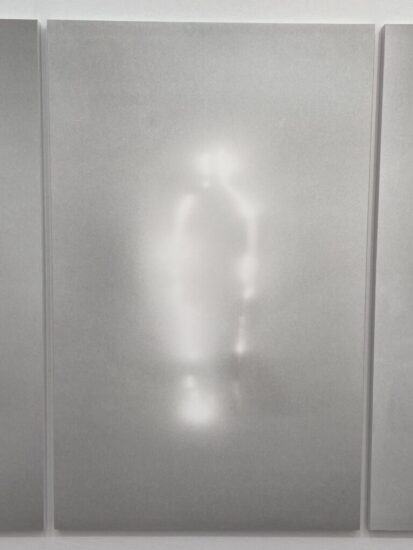
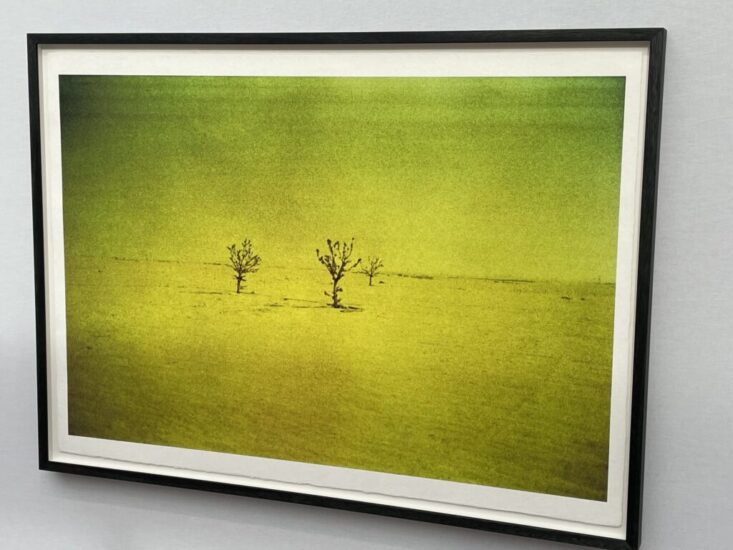

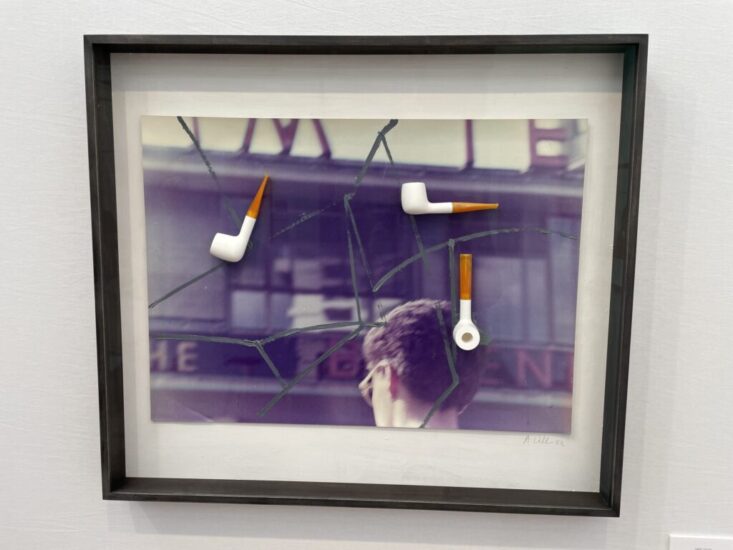
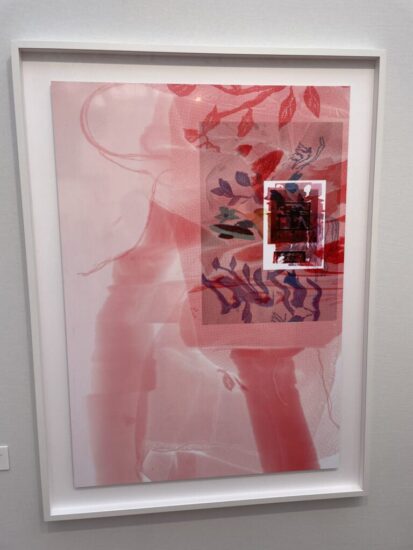
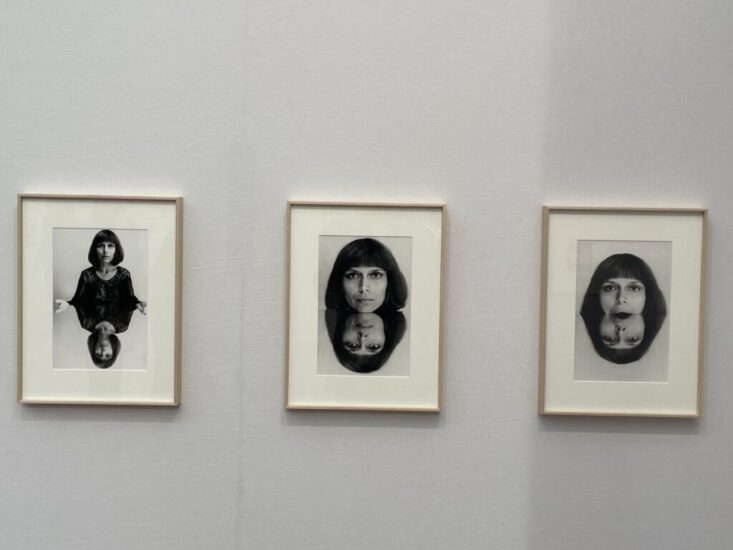

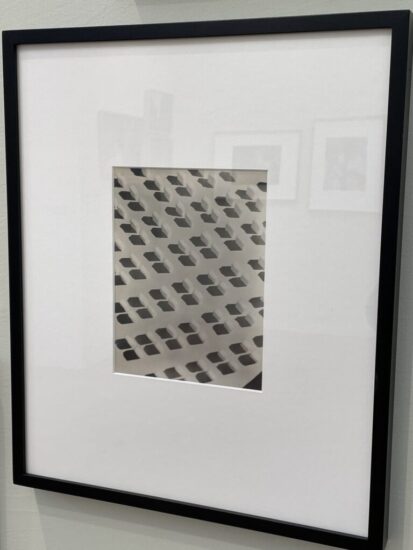
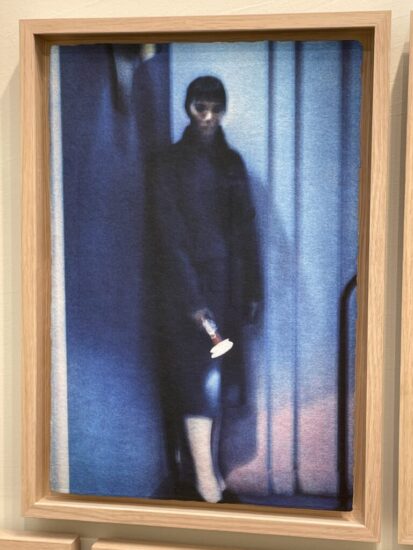
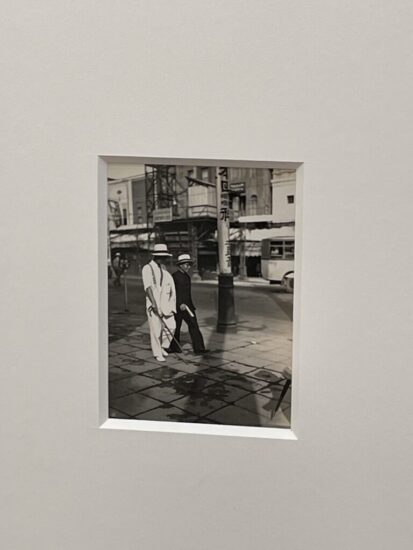
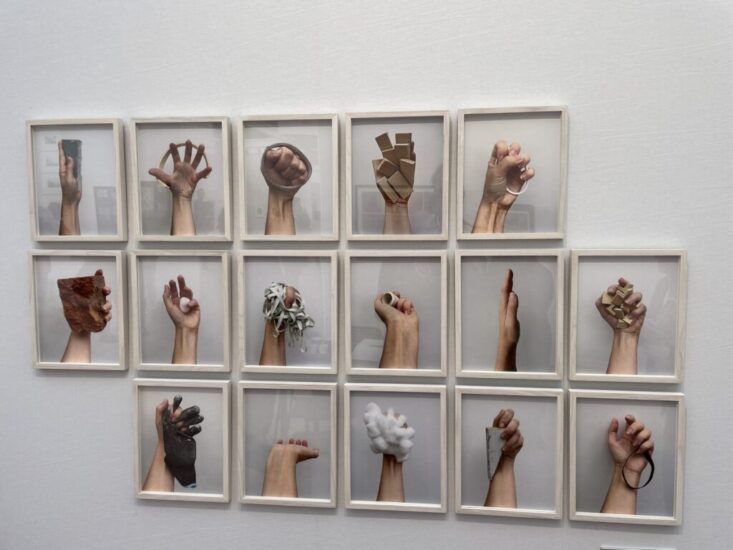

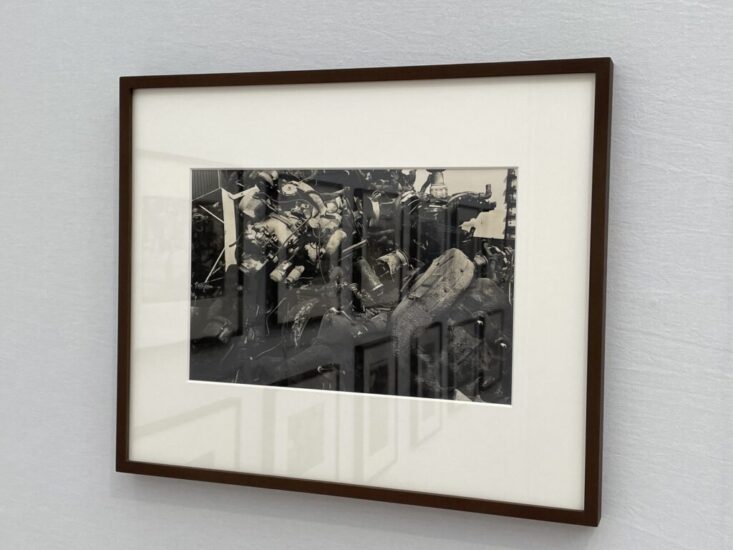
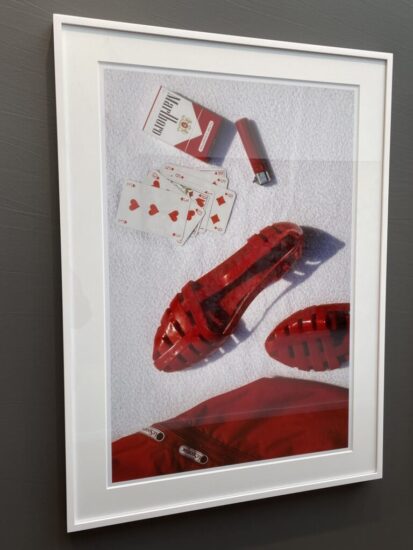

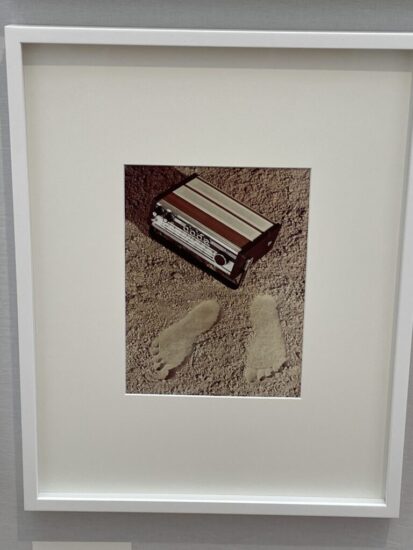
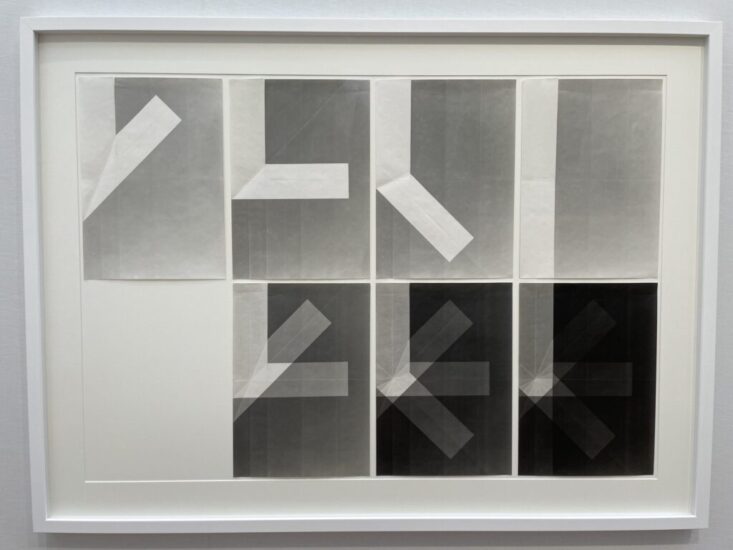





Great strategy, and interesting first selection. Thanks for all the tireless rummaging you do!